Also Known As
- Cordyline
- Dracaena
How to Care?
 Sunlight
Sunlight
- Bright indirect/ morning sunlight
 Water
Water
- Twice a week
 Location
Location
- Bright indoor, Shaded outdoor
 Maintenance
Maintenance
- Low care
 Size
Size
- 6 × 6 Inches Approx.
 Season
Season
- All season
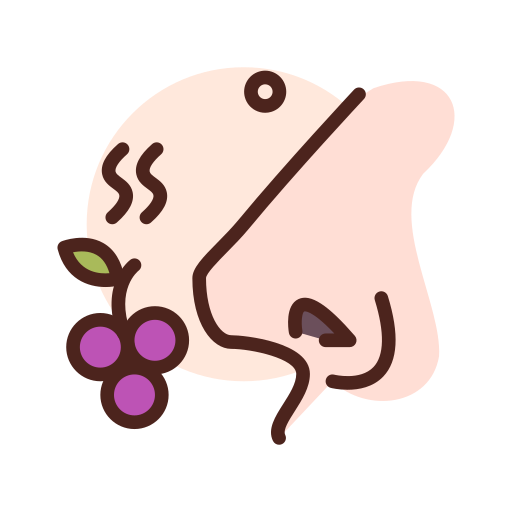 Fragrance
Fragrance
- No
 Specialty
Specialty
- Decorative look
Cordyline, commonly known as Ti plant or Cordyline fruticosa, is a striking and versatile ornamental plant that belongs to the Asparagaceae family. It is native to various regions of the Pacific Islands, Southeast Asia, and Australia. Cordylines are popular for their colorful and often variegated foliage, making them a favorite choice for both indoor and outdoor landscapes.
The appearance of Cordyline plants can vary depending on the cultivar, but they generally have long, lance-shaped leaves that can be green, burgundy, red, purple, pink, or a combination of these colors. The leaves may display various patterns and color gradients, ranging from solid colors to striped, spotted, or variegated designs. These vibrant and eye-catching leaves add a touch of tropical beauty and elegance to any setting.
Cordyline plants come in various sizes, with some varieties growing as small indoor potted plants, while others can reach substantial heights of 6 to 10 feet (1.8 to 3 meters) or even more in suitable outdoor conditions. The plant’s growth habit can be either clumping or tree-like, depending on the specific species or cultivar.
In addition to their attractive foliage, some Cordyline varieties produce fragrant, small, whitish to pale pink flowers in clusters. While the flowers are not the main attraction, they can add further interest to the overall display of the plant.
Cordyline plants are relatively easy to care for, making them popular among both experienced and novice gardeners. They thrive in bright, indirect light, but they can also tolerate some direct sunlight, especially if gradually acclimated to it. Indoors, they prefer a location with ample natural light, while outdoors, they do well in partial shade to full sun, depending on the climate.
To ensure optimal growth, Cordylines prefer well-draining soil and regular watering. They should be watered moderately, allowing the top inch (2.5 cm) of the soil to dry between waterings. Overwatering can lead to root rot, so it’s essential not to let the plant sit in standing water.
In regions with colder temperatures, Cordyline plants can be grown as indoor houseplants during the winter months or in containers that can be moved indoors when the weather gets colder.
Cordyline plants are generally considered safe, non-toxic plants for humans and pets. However, it’s always a good practice to keep any houseplant out of reach of curious pets and children.
With their vibrant colors and low-maintenance care requirements, Cordyline plants are an excellent choice for adding a touch of the tropics to gardens, landscapes, and indoor spaces, creating a visually stunning and captivating focal point wherever they are placed.
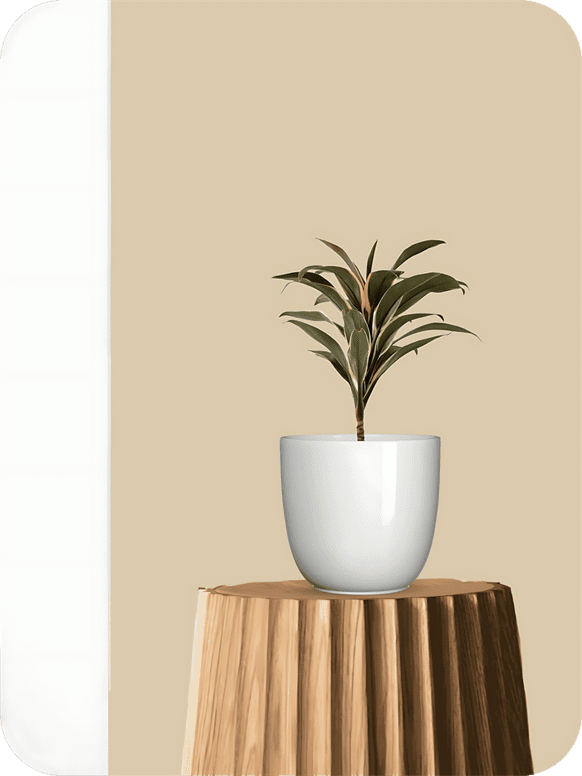
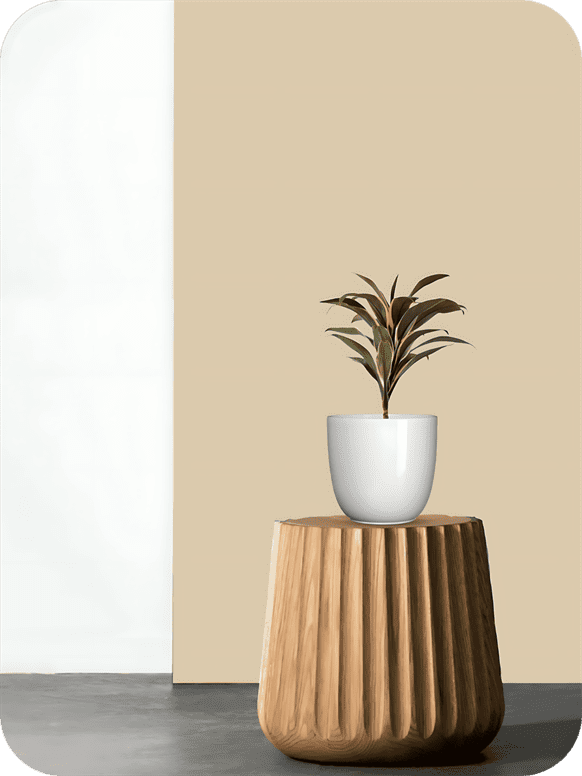

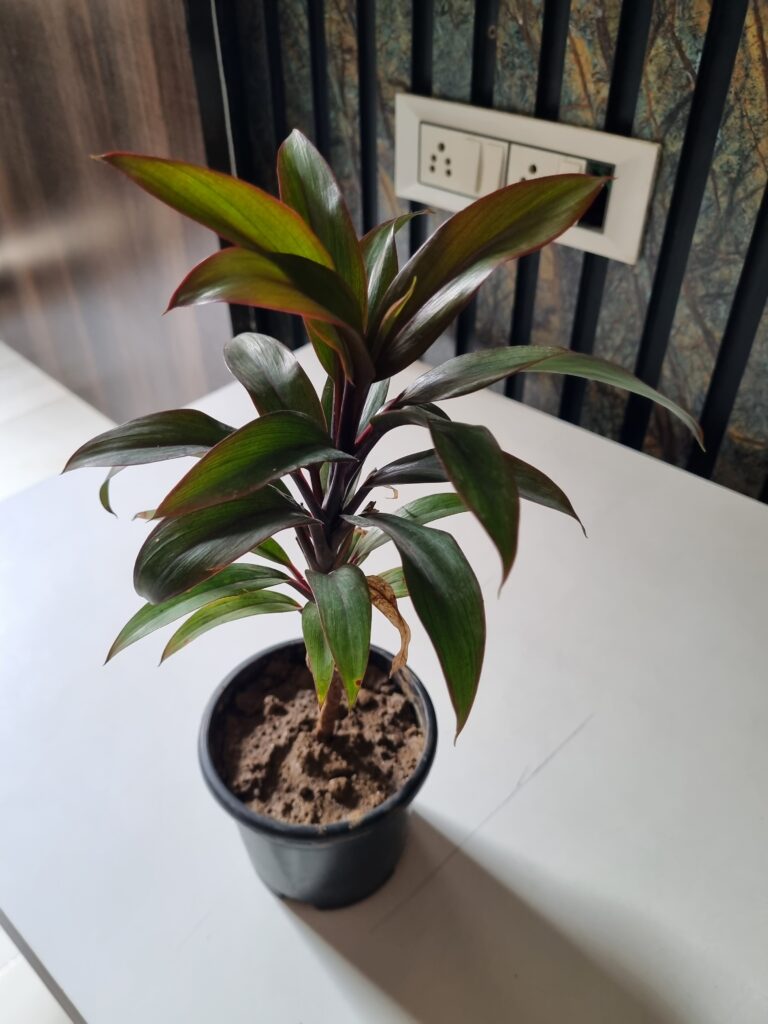
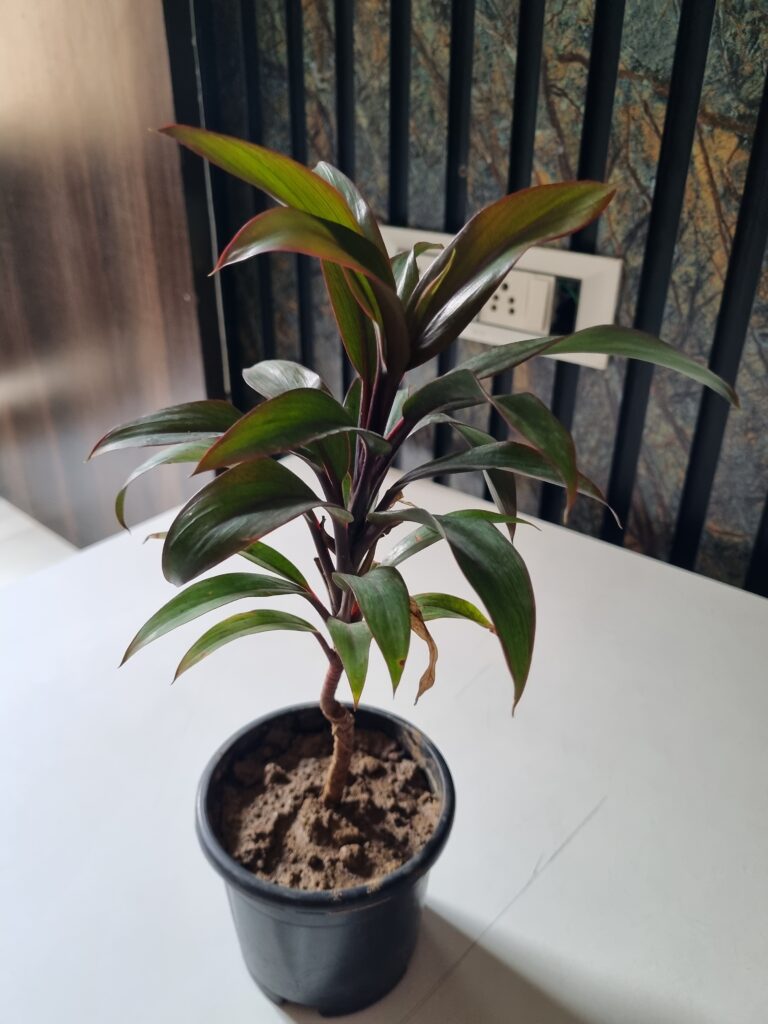
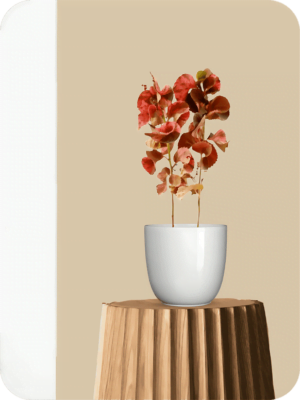
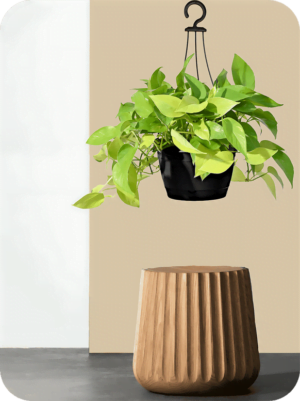

Good one..Got it at reasonable price compared to local nursery. Its small enough so you can keep it near your window